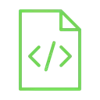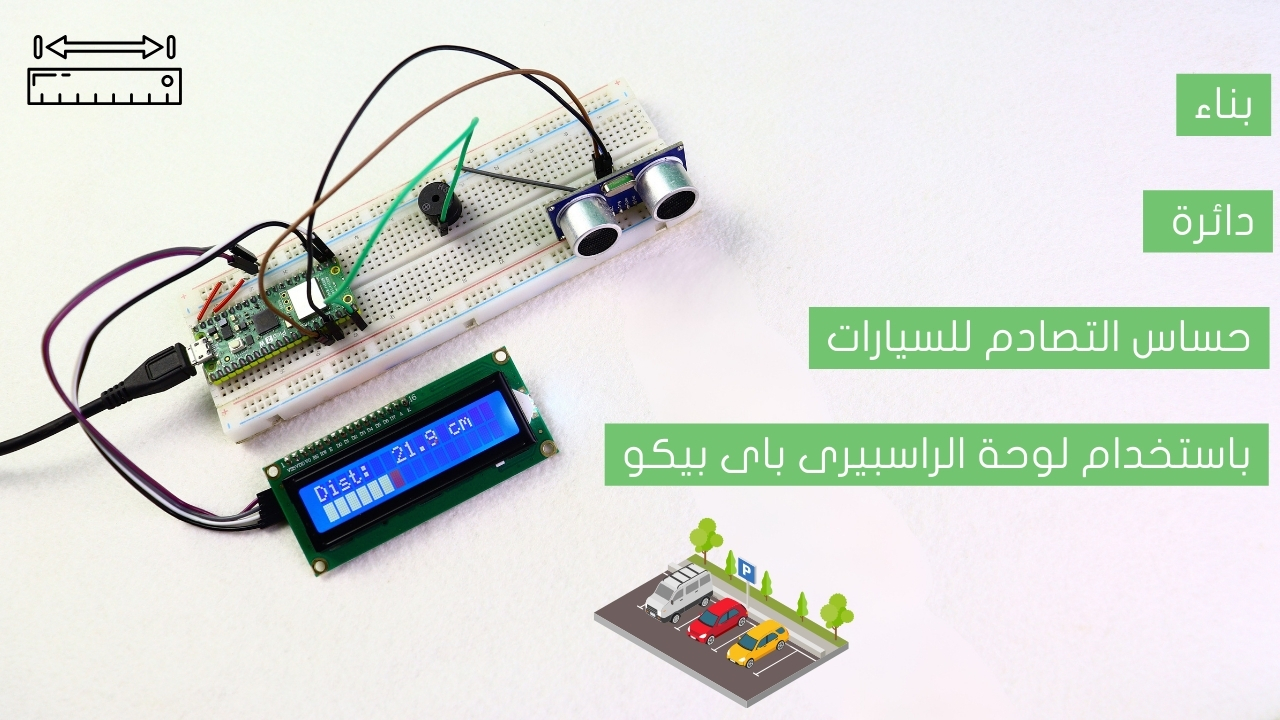
بناء محطة لرصد حاله الطقس باستخدام الاردوينو

ليست هناك حاجة للنظر من النافذة أو التحقق من هاتفك باستمرار للحصول على آخر تحديثات الطقس، يمكنك إنشاء محطة الطقس الخاصة بك باستخدام الاردوينو وحساس الحرارة والرطوبة .
Project Video
Overview

في هذا المشروع سنستخدم حساس DHT11 لمراقبة مستويات درجة الحرارة والرطوبة وحساس كشف المطر لمعرفة ما اذا كان هناك مطر. وأخيرًا سنعرض كل هذه البيانات على شاشة كريستالية . يمكنك استخدام نفس المشروع فى الصوبات الزراعية الذكية للتاكد من أن بيئة الصوبة مناسبة لنمو نبات معين .
Getting the Items
Steps
Wiring it Up

. قم بتوصيل الاسلاك بين الاردوينو وحساس الحركة والشاشة الكريستالية كما هو ظاهر فى الصورة التى فى الاسفل

التوصيلات من الاردوينو الى لوحة التجارب :
• منفذ ال 5 فولت ← المنافذ الموجبة بلوحة التجارب
• منفذ الجراوند ← المنافذ السالبة بلوحة التجارب
التوصيلات من حساس الحرارة والرطوبة DHT11 :
• المنفذ الموجب الحساس الحرارة والرطوبة ← المنافذ الموجبة بلوحة التجارب
• المنفذ السالب الحساس الحرارة والرطوبة ← المنافذ السالبة بلوحة التجارب
• منفذ الاشارة الحساس الحرارة والرطوبة ← منفذ رقم 2 فى لوحة الاردوينو
التوصيلات من حساس كشف قطرات المطر :
• المنفذ الموجب لحساس كشف قطرات المطر ← المنافذ الموجبة بلوحة التجارب
• المنفذ السالب لحساس كشف قطرات المطر ← المنافذ السالبة بلوحة التجارب
• منفذ A0 لحساس كشف قطرات المطر ← منفذ رقم A0 فى لوحة الاردوينو
التوصيلات من الشاشة الكريستالية :
• المنفذ الموجب للشاشة الكريستالية ← المنافذ الموجبة بلوحة التجارب
• المنفذ السالب للشاشة الكريستالية ← المنافذ السالبة بلوحة التجارب
• المنفذ SCL للشاشة الكريستالية ← منفذ رقم A5 فى لوحة الاردوينو
• المنفذ SDA للشاشة الكريستالية ← منفذ رقم A4 فى لوحة الاردوينو
Coding

Testing it Out

فى البداية ستعرض الشاشة الكريستالية عبارة “Voltaat Learn” لمدة 3 ثوانٍ. ومن ثم ستعرض “مرحبًا بكم في محطة الطقس” لمدة 3 ثوانٍ أخرى. ثم ستعرض قيمة درجة الحرارة بالدرجات المئوية وقيمة الرطوبة بالنسب المئوية ، إلى جانب حالة المطر.













